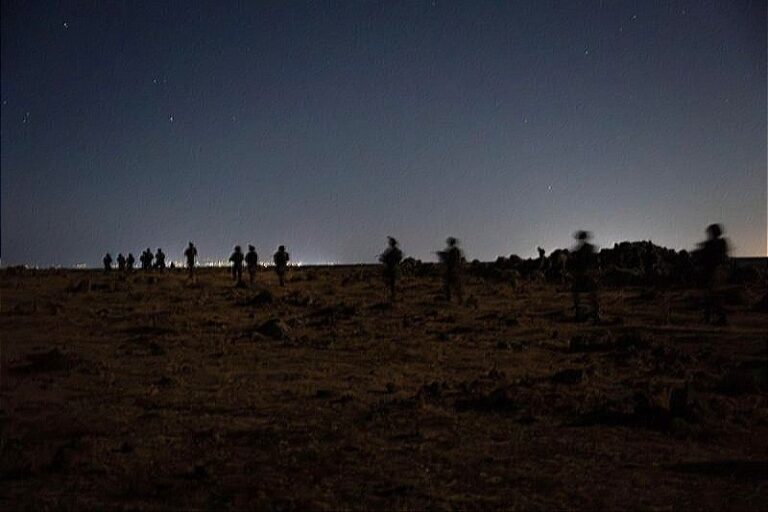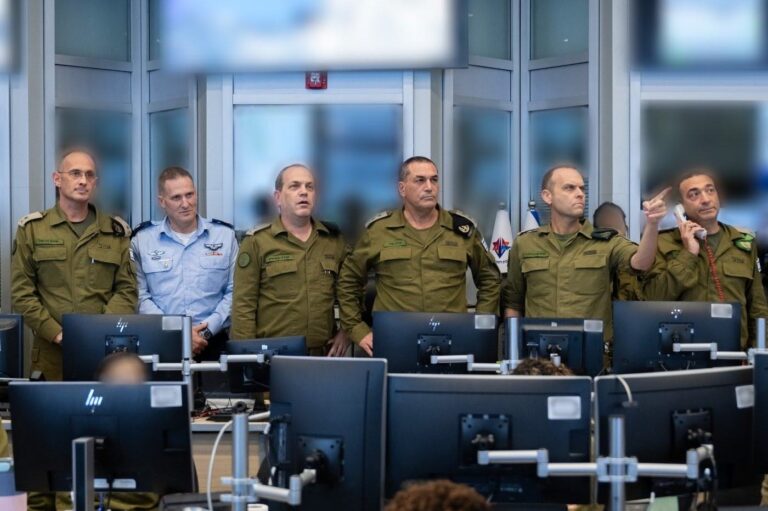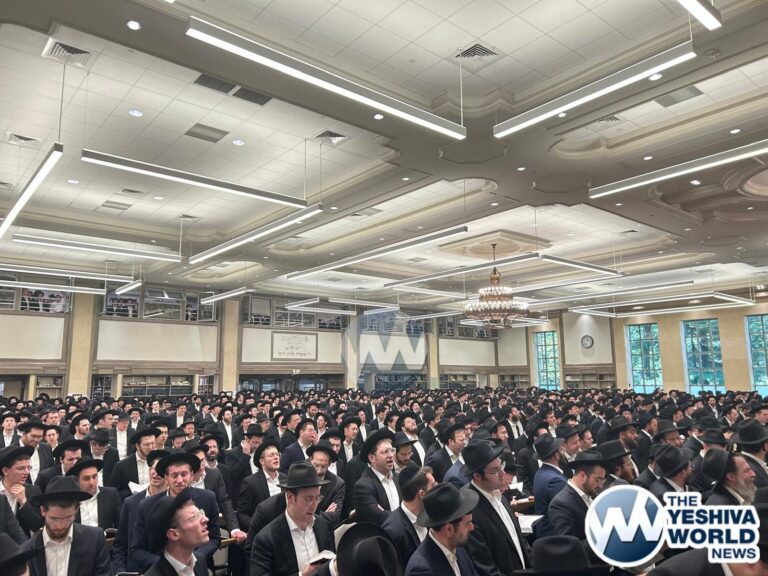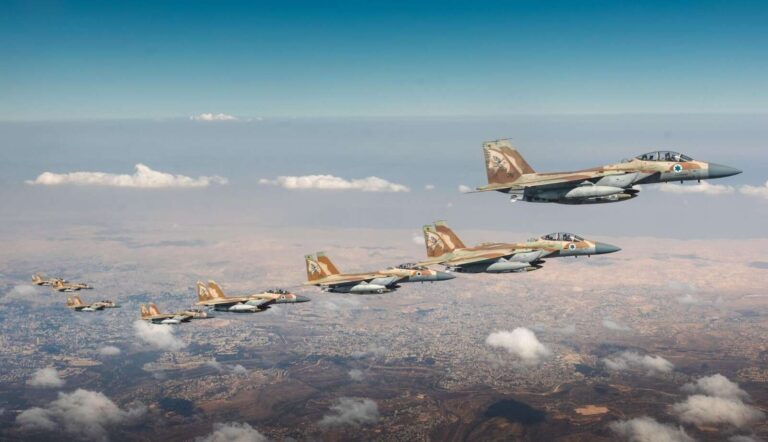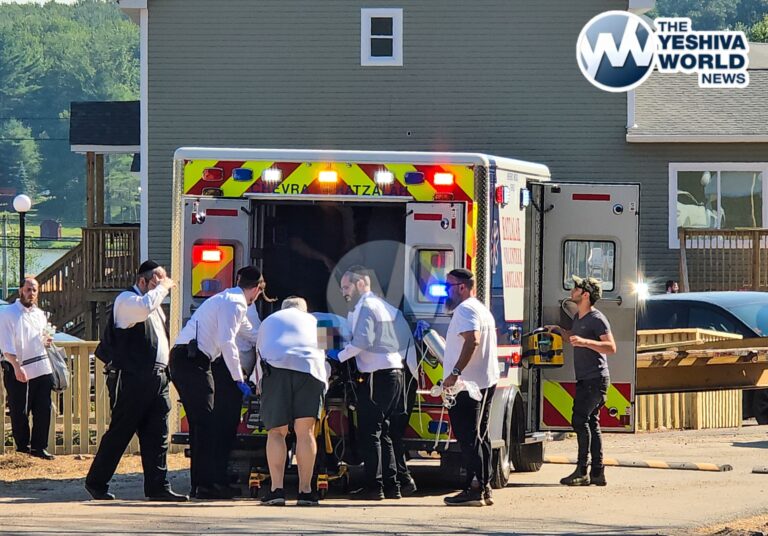 Israel remains silent in the face of finger-pointing by the Sunday Times that it is responsible for last week’s bombing of a weapons manufacturing facility in Sudan. Interestingly, the Times was quick to report that Israel carried out the bold bombing mission, now following up with a detailed report on how the Israel Air Force carried out the raid based on “security sources” in the expanded detailed report that was published last Sunday.
Israel remains silent in the face of finger-pointing by the Sunday Times that it is responsible for last week’s bombing of a weapons manufacturing facility in Sudan. Interestingly, the Times was quick to report that Israel carried out the bold bombing mission, now following up with a detailed report on how the Israel Air Force carried out the raid based on “security sources” in the expanded detailed report that was published last Sunday.
The report:
The roundtrip from Israel to Sudan is 3,800km (2,280 miles) and the mission took four hours. The operation was a major exercise in preparation for an assault against Iran, which is closer to Israel. A security source explains “this exhibits only a small measure of our capabilities and what the Iranians have to look forward to”.
The intelligence information that ultimately led to the bombing mission was obtained back in January 2010, over two years ago, in the Dubai hotel room in which senior Hamas commander Mahmoud al-Mabhouh was eliminated in January 2010, an operation also attributed to Israel’s Mossad. To date, Israel has not admitted culpability in that mission. The Israeli agents involved in the assassination took a number of documents from the room that belonged to the senior Hamas weapons dealer.
One of those documents was truly explosive, an agreement signed between Khartoum and Tehran in which Iran would manufacture weaponry on Sudanese soil. Israel learned that some of the manufacture was taking place in Yarmouk, ballistic missiles with an extended range. The operation was under the watchful eye of the Revolutionary Guard.
“This posed a direct threat to Israel” the security source is quoted as saying, adding “the missiles could be fired into Israel from Sinai or even Sudan”. A British expert adds the situation involved weapons smuggling from E. Sudan via Sinai to Gaza.
Forces involved in the mission prepared and practiced during the weeks before the operation. The air force practiced on a mock factory and held two rehearsals resembling the real operation, long-range flights. The United States was informed in advance of the bombing mission and it closed its embassy in Sudan due to the fears of violence.
As the mission got underway air force commander Major-General Amir Eshel observed from the Tel Aviv bunker, watching every step of the operation. Eshel assured Prime Minister Binyamin Netanyahu that the mission would be a success. The planes took off on Tuesday at 22:00 from southern Israel – eight F-15i fighter planes, four armed with two one-ton bombs each and the others acting as aerial escorts in the event the planes find themselves in aerial combat.
A number of hours ahead of the takeoff of the fighter planes two air force choppers carrying up to 20 commandos took off for Sudan. This would be the rescue mission in the event of a need. The Yassur choppers flew below radar and under the cover of night, and landed safely in Sudan. There was also an aerial electronic warfare plane and a Boeing 707 refueling plane involved in the mission.
There were two potential problems, the Sudanese control towers detecting them and Egyptian radar. The planes flew over the Red Sea and managed to address these concerns. They were refueled in midair after 90 minutes in the air, over the sea, and then continued to Sudan. They avoided Egyptian radar and scrambled the Sudanese radar, arriving undetected.
At this point, the Gulfstream G-550 electronics warfare plane went to work jamming Sudanese radar along with that country’s air defense system. “The country’s air defense system is old, but nonetheless deadly” the military source points out. “They have Russian built SA-2 anti aircraft weaponry and 20 MiG 29 fighter planes”.
The force arrived at the target undetected and dropped 8 tons of explosives. There was a double explosion, first the IAF bombs and then the weaponry causing the subsequent blast.
Immediately following the bomb attack the mission commander, a pilot of the rank of colonel, dropped down to a low altitude to verify the target was eliminated. About half way home he sent the message to the commander that the mission was accomplished. END
Media reports in Israel quoting foreign sources add the factory was used for the manufacture of chemical weapons as well.
(YWN – Israel Desk, Jerusalem)

